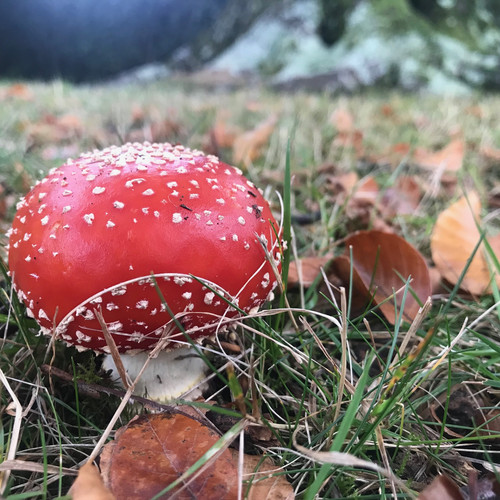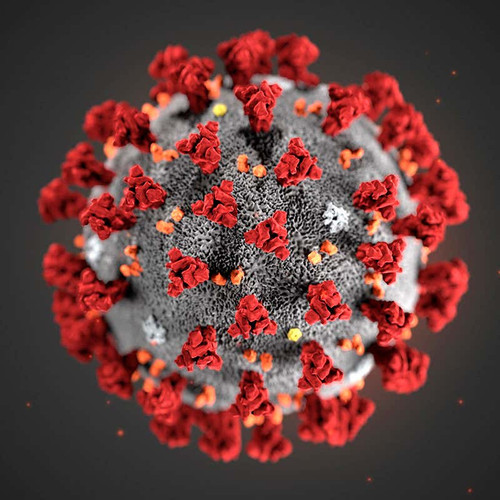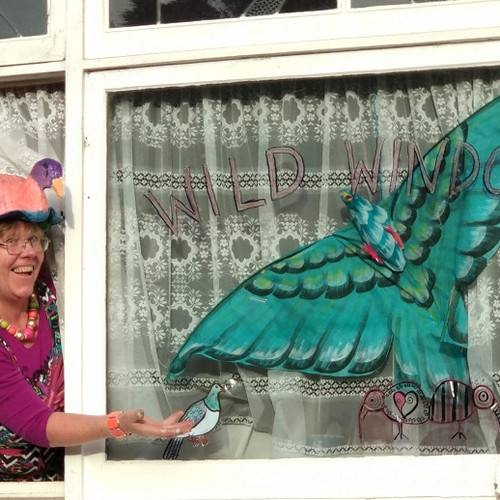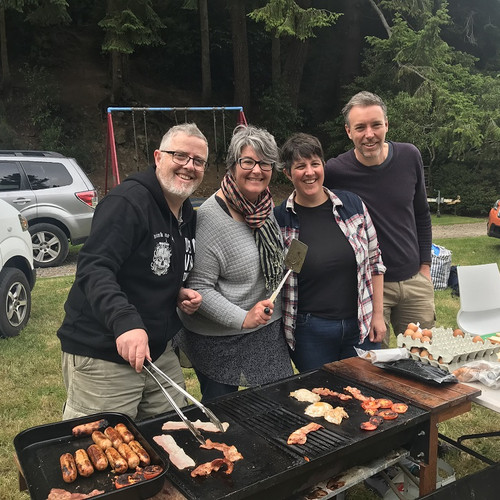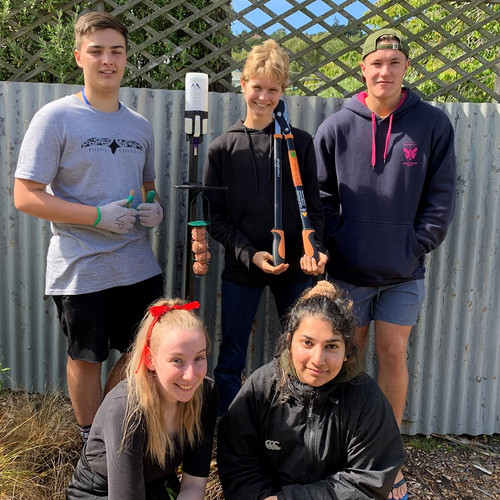70's
Arts & culture
Biodiversity
Community Gardens
Community News
Events in North East Valley and surrounds
Executive
Food Resiliency
Garden
Healthy Homes in the Valley
History
Love the Lindsay
Native Plants
Nevology
Open VUE
Pests
Schools & children
Staff
Staff and Volunteers
Then & Now
Valley Project
Waste Minimisation
community groups
food
staff

